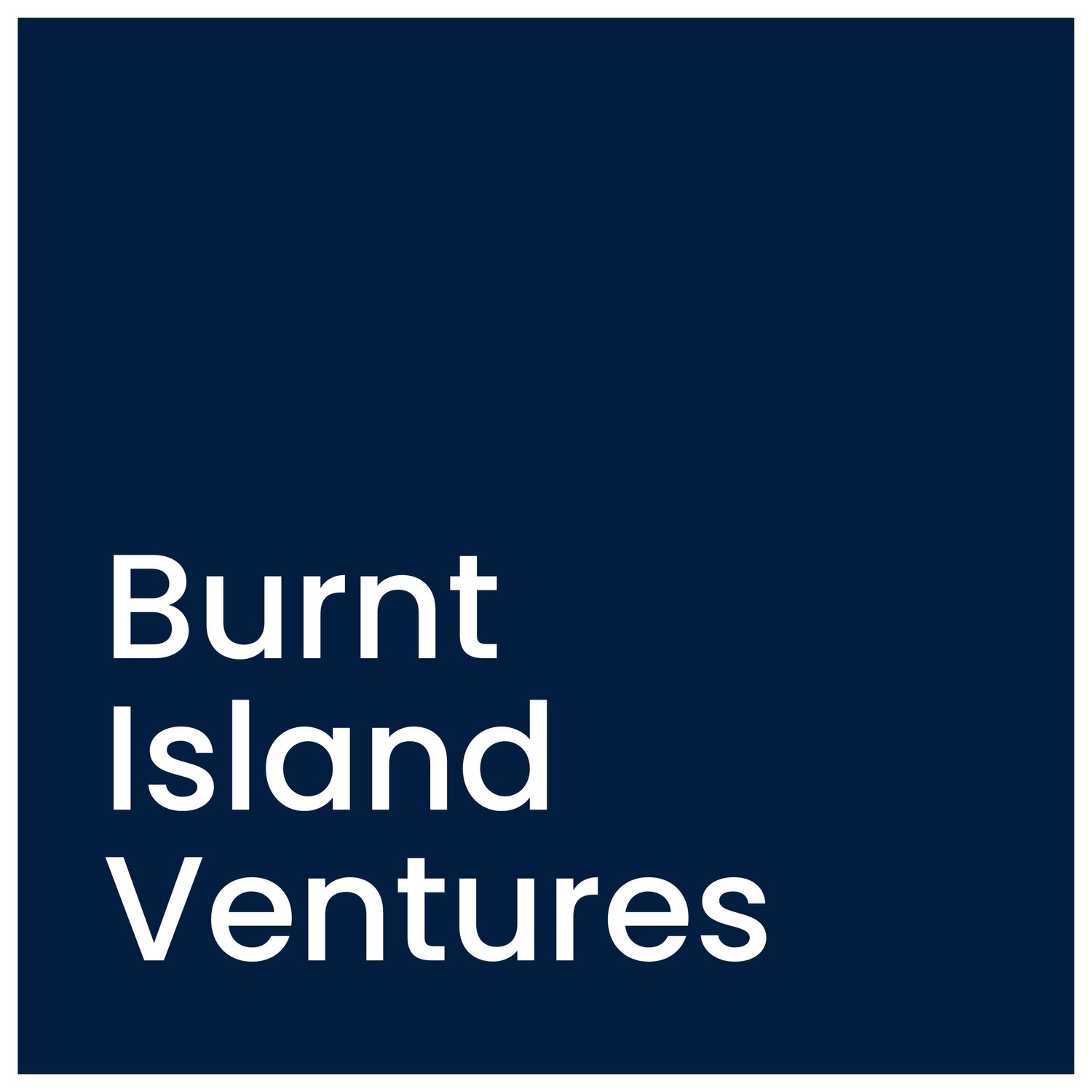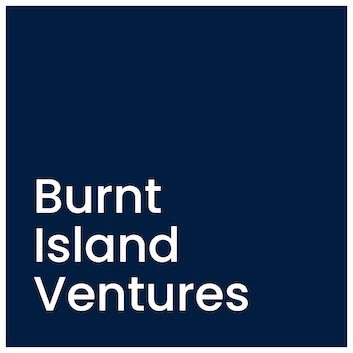Beyond Bells and Whistles
Part 3 of Show Your Working: Understanding our DD Process
We all know that venture capital can be a bit of a black box. From opaque processes to complex deal structures to the alphabet soup of acronyms, to, well, our personalities, it is no secret that dealing with investors can be wildly frustrating. So in an effort to lift the veil, we are publishing a multi-part series on our diligence process. Over the course of the series, we will cover customer pain, team, product, competitive positioning, the nuts and bolts, and the overall market. We hope that this will make things easier for founders, help them understand our decision-making, and be better prepared for their own ride on the merry-go-round that is taking investment dollars from a VC.
Today, we are talking about product - what we look for, what signals matter, and why we go beyond the bells and whistles.
Finding the founder behind the features
The importance of product is hard to overstate. It is your primary engine of value creation - the way in which you solve something for the customer and (if all goes well) have a transformative impact on their lives. And it has to work, and work reliably over time. But while we love investing in amazing products, in our diligence process we actually care less about the product itself - the features, the polish, the bells and whistles - than we do about what it tells us about you, the founder, and your entrepreneurial process. We’re not here to play backseat designer. So, the real question is: what does your product say about you?
Small = smart
We, and just about every other VC we know, love the Paul Graham quote about doing things that don’t scale. This is especially true when it comes to product, and starting small is a way to do that. That’s why when we dive into a company, we like to see a scalpel, not a Swiss army knife. Your first iteration should be the smallest, simplest possible thing that can deliver immense value to a few people who care a lot, rather than something that delivers some value to lots of people who are relatively indifferent. To put it in language the musical theatre nerds (*raises hand*) will understand: “I’d rather be nine people’s favorite thing, than a hundred people’s ninth favorite thing.” Daupler’s products are universally loved by their client base, but they got there by starting with a relatively narrow MVP - getting information to utilities on customer issues and emergencies - and building the product up, expanding to the entire operator workflow from dispatch to resolution. And now they are an indispensable part of their customers’ daily lives. Trust us, you will find starting small easier, faster, and cheaper, and it is much easier to sense product-market fit (that ‘indispensable’ point) when you have a single, specific bar to clear. It tells us as investors so much - that you are laser focused on a specific customer pain point, that you have the discipline to focus and exclude, that you know how important it is to win over early adopters, and that you understand that product roadmaps and great development plans are built on simple, sturdy foundations.
Static is tragic
Simple does not mean set in stone. Yes, your product should be small and narrow in its value prop in the first instance, but as an entrepreneur your life is a constant balancing act between structure and reinvention (and about 49 other things besides - this is a complicated seesaw). If your product isn’t incrementally changing as your dataset expands, then that tells us that you are likely too stuck in your ways or in love with your idea (more on that later). Early entrepreneurship is calculated chaos - you should constantly be running strategic experiments, learning, and adjusting. For us, this is a great signal of mental liquidity (the ability to flex your thinking as new information comes in - see Morgan Housel’s excellent description), and an obsession with problem-solving. Both vitally important qualities in a founder. Our Islanders are experts at iteration, but special mention goes to Aquatic Labs. Their in-situ, real-time sensors are a game changer for alkalinity measurement in marine CDR projects, but they are also adapting their product for use cases across offshore wind, biodiversity monitoring, and a range of industrial water applications. Allan and his team are masters at running calculated experiments and feeding those learnings back into product development. And this ‘always in beta’ approach is what we like to see.
Knowing when to ship is a superpower
As Tony Stark says, “sometimes good enough is good enough.” Sure, products should be constantly evolving, but as a founder there are always launches to make and deadlines to hit. When it comes to crunch time, knowing when to put the hammer down and stop is critical and infuriatingly hard. Especially when founders quite rightly have insane levels of attention to detail and quality (we all know the famous story of Steve Jobs and his insistence that even the circuit board be beautiful). Why do we sometimes like to see an imperfect product in our diligence process? Because perfecting a product takes time, and as an early stage founder, time is your most valuable resource. You have to develop an instinct for when to stop spending it and when to start shipping out. Investors love to see founders who use resources (time, money, energy) wisely and who can resist chasing perfection and focus instead on market validation and momentum. Besides, what looks perfect in the lab rarely = perfect in the real world. This is such a tricky balance to strike, but that is exactly why we are such strong believers in the Spout team, who intrinsically get this point more than most. Their counter-top atmospheric water generator is obsessively engineered around people and taste, but they also understand the importance of getting out there and starting to deliver the value proposition to their customers - even though there is always something that Reuben would want to improve. Once the bar for delivery of the value proposition is cleared (and that can be very high indeed!), there have to be great reasons not to ship it.
Calculated, not careless
Even with all of the excellent product habits above, there will always be risks and uncertainties. As VCs we’re not afraid of that, but we do like certain kinds of product risk more than others. Don’t know who your customer is or will be? That kind of uncertainty makes us run for the hills. But we are in the business of underwriting technical risk. The DD process is about understanding the extent of that risk, (crucially) how open you are about it, and how much you have thought about how to mitigate it over time - how you will build to gradually eliminate it. The team at Flocean understands this intimately. Their modular, subsea desalination technology is novel and a first-of-its-kind. But in the expert hands of Alex and his team, who understand the subsea operating environment intimately and have run extensive testing, this kind of product risk is underwritable. And the potential upside is huge. Strong approaches to product risk and uncertainty show us that you can look ahead, plan, prioritize, and make calculated bets. That’s the kind of person we want to put our money behind.
When the market starts talking back
If you’ve started small, iterated, gone to market with something not too embarrassing (or if you believe Reid Hoffman, just embarrassing enough), and thought clearly about risk, you might hit that holy grail called product-market fit. PMF is when the fog of early experimentation clears and real world data comes in to validate your assumptions. You start to feel market pull and see predictable repeat sales. It can also show up as consistent positive feedback or strong customer retention. We love seeing our companies delight customers and keep them coming back for more, and the excitement with which users talk about their experiences with CivilGrid are great examples of this. It’s effusive. And believe us, engineers rarely get excited about software. This is the one of the most important product signals there is, for you and us - it tells us that you have the right level of obsession with your customer and their needs, that you have built something customers care about, and that you are at an inflection point.
In love with the customer, not the product
And finally, a bit of a cautionary note, because there really can be too much of a good thing. We see too many founders fall in love with their product and lose sight of the bigger picture. Remember, what matters is delivering something to the customer - your product is only the medium of value creation, not the value itself. The only thing you should be obsessed with is your customer’s experience. Listen, we get it, your invention is your baby. It makes sense that you are proud of and passionate about your creation. But don't forget that once you turn your invention into a company, the company should be your baby. And companies are not just products. They are marketing, sales, operations, distribution, and a million other things. The whole solution around your product is just as important as the product itself. As VCs, we’re wary of folks who are too obsessed with their product. We want to back people who will do what they have to do to keep delivering the core value proposition - even if it means killing a product they love. At the end of the day, value > vanity.
If you are building a product that delivers on a great value proposition, reach out and tell us about it! And from MVP to moat - stay tuned for our next installment on competitive positioning.

